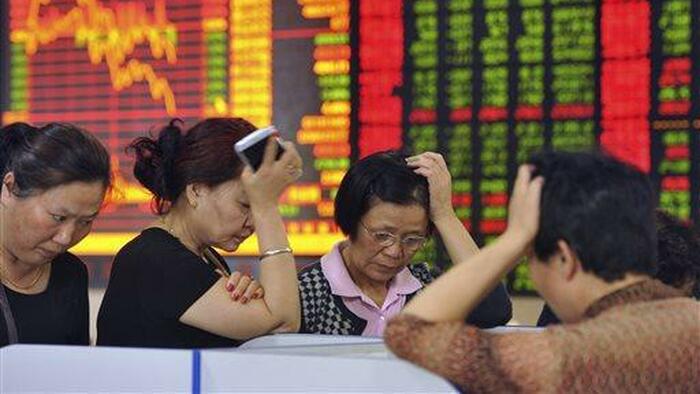As anticipation builds among Chinese investors for the Ministry of Finance (MOF) meeting scheduled for 10 am local time on Saturday, the discussion surrounding fiscal stimulus has taken center stage. Analysts and market participants are closely monitoring this event, hoping for a significant announcement regarding new economic measures. Recent reports from Bloomberg indicate that investor expectations are set on a potential stimulus package amounting to approximately $283 billion. This figure aligns with forecasts made by prominent economists, including Goldman Sachs’ Lisheng Wang, suggesting an overarching consensus on the need for enhanced economic support amid ongoing pressures in the Chinese economy. However, it is crucial to clarify that the MOF is not expected to formally announce this figure during the upcoming meeting.
The budgetary decisions, including the allocation of stimulus funds, are typically formalized during meetings of the National People’s Congress (NPC) standing committee, set to take place later in October or early November. In this context, the MOF’s role becomes more focused on implementing these budgetary decisions by raising the necessary proceeds. This procedural delineation emphasizes that while there may be broad expectations for substantial fiscal support, the details of these measures may only be disclosed at a later date when the NPC formally sets the budget. This postponement has led to calls for patience from some analysts, suggesting that stakeholders should manage their expectations rather than react impulsively to speculative figures circulating in the market.
Yu Dong, a scholar with close ties to central government economic decision-making bodies, has expressed reassurance that significant stimulus will indeed come, underscoring that the financial markets and policymakers should not rush the process. He advocates for a broader understanding of government communication and decision-making as part of a cohesive strategy rather than viewing each press conference or meeting as an isolated event. This holistic perspective could serve to temper any knee-jerk reactions from market participants who might be overly influenced by short-term narratives or expectations that may not materialize as projected.
The sentiment among investors reflects a mix of hope and caution, recognizing that while there is a strong demand for fiscal intervention, the actual rollout of these measures might be subject to various regulatory and legal frameworks. Yu Dong’s comments highlight the complexities involved in governmental planning, where significant financial commitments often require comprehensive discussion and deliberation to navigate bureaucratic procedures effectively. By understanding this legislative context, investors may be better positioned to interpret forthcoming announcements with a more measured outlook, rather than reacting solely based on immediate proclamations or speculative market forecasts.
As the Chinese government grapples with economic challenges marked by slow growth and inflationary pressures, fiscal stimulus has emerged as a focal point for revitalizing the economy. The anticipated measures represent not only a response to current economic conditions but also reflect a strategic maneuver by the government to regain investor confidence. Effective communication from officials will play a crucial role in shaping market perceptions moving forward. The collective understanding of governmental intentions, combined with strategic timing regarding the announcement of stimulus initiatives, will be integral to influencing market reactions and steering the narrative regarding China’s economic recovery.
In summary, as the MOF meeting approaches, the expectation for a significant fiscal stimulus package remains high among Chinese investors. The anticipated $283 billion figure seems rooted in collective analyst forecasts but will likely not be confirmed in the immediate meeting. The broader implications of the upcoming NPC meeting on budget setting, coupled with the nuanced views provided by economists and officials like Yu Dong, lend clarity to the complex interplay between government decision-making and market expectations. Adopting a comprehensive view of these developments will empower investors to navigate this intricate landscape with greater foresight and resilience, ultimately leading to a better understanding of the prevailing economic environment in China.

